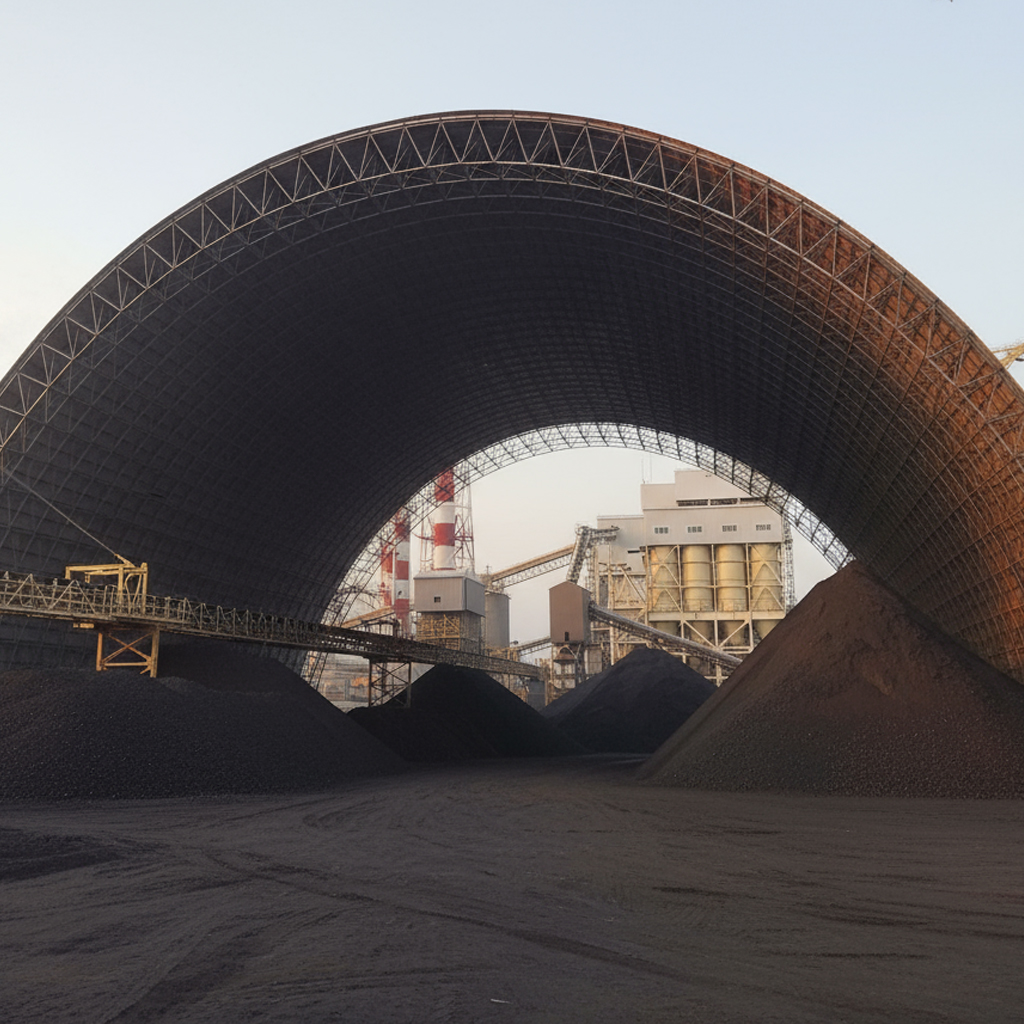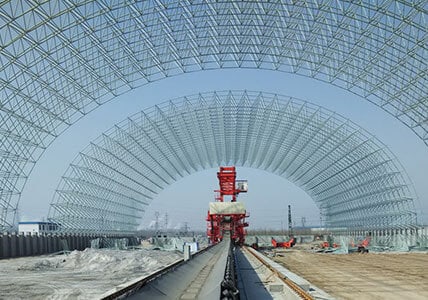Over the past two decades of experience and use of steel in the global construction, industry has increased substantially. Among Top PEB Companies in India, We at Hindustan Alcox ltd, one of the Steel Building Construction Company in India take pride as global leader in creating exclusive niche in Pre-Engineering Buildings industry in a view to understand, predict, & calculate the stability, rigidity and strength of built structures with the potential and dedicated support of our well qualified, trained and experienced team. With our high commitment to Design, Manufacture and installation Pre-Engineered Steel Buildings, we offer hi-tech solutions with highest precision to meet the structural requirements in industry of PEB Manufacturer in india.
Introduction
As the name suggests itself, Pre-engineered building (PEB) is the building manufactured and constructed using prefabrication process. Scope of PEB Buildings is becoming increasingly common nowadays to efficiently satisfy a vast range of adaptive structural applications and aesthetic design requirements. Generally, Pre-engineered buildings in india, are the low rise buildings, even though maximum height can go from 25 to 30 meters. 9 to 10 meters of height is usually recommended and turns out to be more economical.
MAIN COMPONENTS OF PRE-ENGINEERED BUILDINGS
Depending on the structural type to be created Steel Fabricators in India , followings are the major components used in PEB :
- Primary frames / Main framing
- Secondary frames/ End wall framing
- Roof Sheeting and Wall Cladding
- Structural subsystems
- Floor systems
Primary Frames / Main Framing
Main framing generally called as the rigid steel frames of the building as they are supporting members carries the main load in a pre-engineered building (PEB). Main Framing consists of tapered columns & rafters, which are referred as built-up members. The technology ‘state of art’ is mainly used to fabricate these tapered sections. Some of the factors that influence the choice of main framing include:
- Slope of Roof
- Building Dimensions: width, length, and height
- Building’s occupancy and acceptability of exposed steel columns
- Roof and wall materials
- Column-free clear spans
Secondary Frames/ End Wall Framing
The Secondary frame of a PEB may be considered as a main rigid frame (i.e. same as the interior frame) or as a post and beam frame. The decision depends on the requirement of customer (whether he wants to go in for future expansion or not) and / or requirement of building (is the end wall open for access). The post and beam frame end wall system consists of pinned ends columns/posts, supporting horizontal beams called as end wall rafters.
Roof Sheeting and Wall Cladding
Roof Sheeting is process of covering on the uppermost part of the Pre-Engineered building which gives protection not only from weather (rain or snow) but also from heat, wind and sunlight. Roof Sheeting & Wall Cladding is designed after research by our engineering experts on technical parameters that are appropriate according to the project requirement.
Structural Subsystems
The Structural subsystems consists of light weighing materials that give adequate versatility as well as interfaces to other subsystems to ensure that all phases of the process are going through safe. Some of the crucial features of the basic structural subsystem design are:
- light-weight
- Easy to fabricate and assemble
- Free space to payload sensors
- Circuitry
Foundation and Floor Systems
In PEB , Foundations and Floor Systems are made up of conventional concrete systems, usually called as Open Foundation systems. Since PEBs are very light in weight, the foundation are designed to firmly anchor the PEB structures to the ground. Foundation systems are classified into two types: shallow and deep foundations, depending upon depth of the load transferred below the super-structure & the type of transfer load mechanism used.





